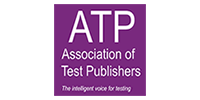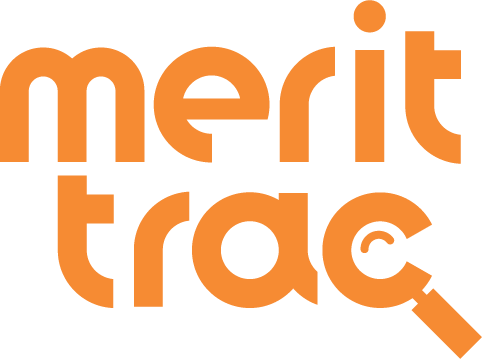
5 Telltale Signs You Have a Disengaged Employee in Your Team
Date: 23/10/2018 | Posted by: MeritTrac | Category: Corporate , Employee Assessment
In the age of the millennial workforce, disengagement is one of the most challenging issues faced by HR departments across organizations. According to a Times Jobs survey[1], eight out of 10 employees are dissatisfied with their jobs. While many companies are consciously working on strategies to improve employee engagement, HR often struggles to identify the underlying causes of employee disengagement, which in turn, makes it more difficult to tackle them.
One way to address this challenge is to continually check for early signs of employee’s disinterest. Take this quiz to identify some of the telltale signs that signal employee disengagement. Select the best option - a, b or c - for each scenario.
Is there a lack of initiative?
- You assign a new project to the team and the team member -
- Shows enthusiasm to lead the project
- Participates actively in brainstorming and agrees to take up the assigned work
- Displays lack of interest and dodges responsibility for any new task
Is there a complaining attitude?
- Management makes changes to organizational policies and your team member -
- Tries to understand the organizational need for implementing such a policy
- Shows a slight reluctance due to concerns regarding the policy, but is open to a discussion
- Openly displays disappointment in the organization’s decision making and top management’s lack of concern for its employees
Is there a lack of ownership?
- One of your clients changes certain requirements which will demand some rework at your team’s end. The team member –
- Quickly figures out a solution that will require the least effort and suggest the same to others
- Waits for an opportunity to discuss ways in which the changes can be made
- Waits for the manager to take a call on how to proceed
Is there a poor participation in activities outside of work?
- On the occasions when team outings are planned, the team member-
- Displays active participation in organizing the outing
- Leaves others to finalize the details and then confirms his/her availability
- Shows no interest in planning and usually gives a reason to not show up
Is there an issue with discipline?
- The team member-
- Maintains regular attendance and meticulously plans leaves in advance
- Doesn’t really plan leaves, but informs in case of an emergency
- Takes emergency leaves too often, comes in late and leaves early
Score:
3 points for a)
2 points for b)
1 point for c)
The lower the score, the higher the chances of the employee being disengaged at work. Any score below 9 is alarming and needs to be addressed immediately.
For a more in-depth analysis, check out scientific assessment tools that can help accurately identify signs of disengagement to better predict and prevent attrition.
Taking this quiz can give you an idea if your team members are satisfied with the work environment, the management and their roles. It is important to know what the employees think and feel about all these different aspects as they all contribute to job engagement. The quiz also aims at getting some insights into the employees’ attitude towards their work and organization. It is important to know the right causes of disengagement before taking any strategical measures.
Studies[2] reveal that employee disengagement has a direct impact on team efficiency and productivity as well as the profitability of an organization, hence it is crucial that you identify the signs of disengagement right at the start. One way to catch the early signs of employee disengagement is using scientific assessment tools that can help in more accurate research and prediction to prevent loss of productivity and attrition. Companies such as Facebook[3] are a stellar example for deploying scientific research and people analytics to improve employee retention. Considering the huge costs involved in rehiring and retraining of employees, prevention, in this case, is undeniably better than cure.
Sources:
- economictimes.indiatimes.com
- hbr.org
- roubler.com












 Sales Hotline: USA: +1 646 916 0939 / Others: +91 80619 14700
Sales Hotline: USA: +1 646 916 0939 / Others: +91 80619 14700


